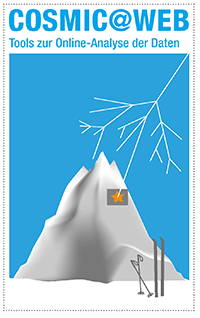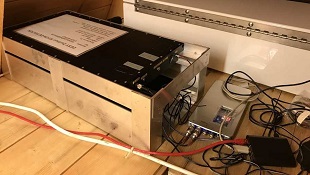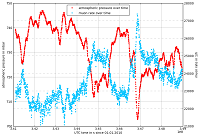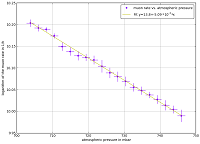URL: https://www.desy.de/school/school_lab/zeuthen_site/cosmic_particles/experiments/zugspitze/index_eng.html
Breadcrumb Navigation
Schneefernerhaus Zugspitze
Schneefernerhaus Zugspitze
The Schneefernerhaus was originally built as a hotel just below the summit of Germany's highest peak, the Zugspitze in the Alps. But after declining visitor numbers it was converted into an environmental research station. At an altitude of 2650 m above sea level, it is the highest environmental research station in Germany. Its research focuses include climate and atmospheric observations, environmental and high-altitude medicine, early detection of natural hazards, cosmic radiation and radioactivity, biosphere and geosphere, hydrology and cloud dynamics.
The altitude of the measuring station provides very good conditions to study secondary cosmic rays, because the rate of cosmic particles increases with altitude. Since October 2020, DESY has been operating a muon detector in the Schneefernerhaus. In addition, data from the mini-neutron monitor of Christian-Albrechts-University in Kiel are also available for evaluation with Cosmic@Web. Besides the particle rate, the data sets also contain weather data, so that, for example, the influence of weather conditions on the rate can be investigated.







